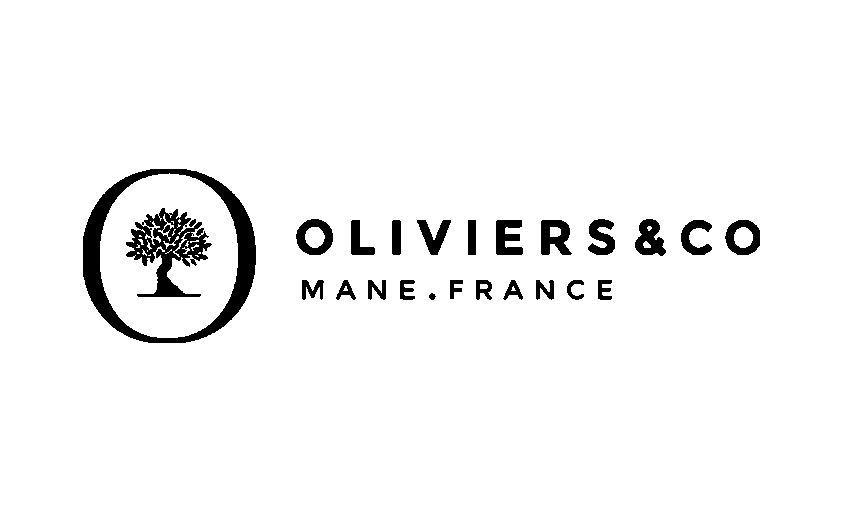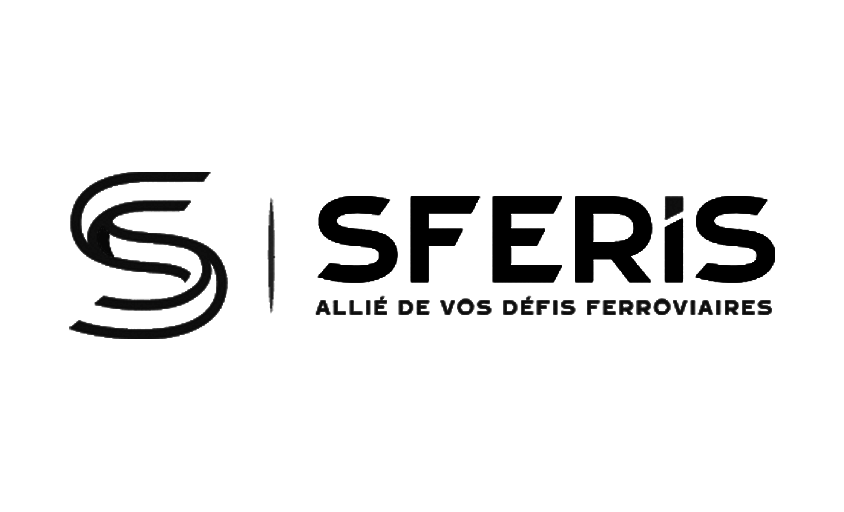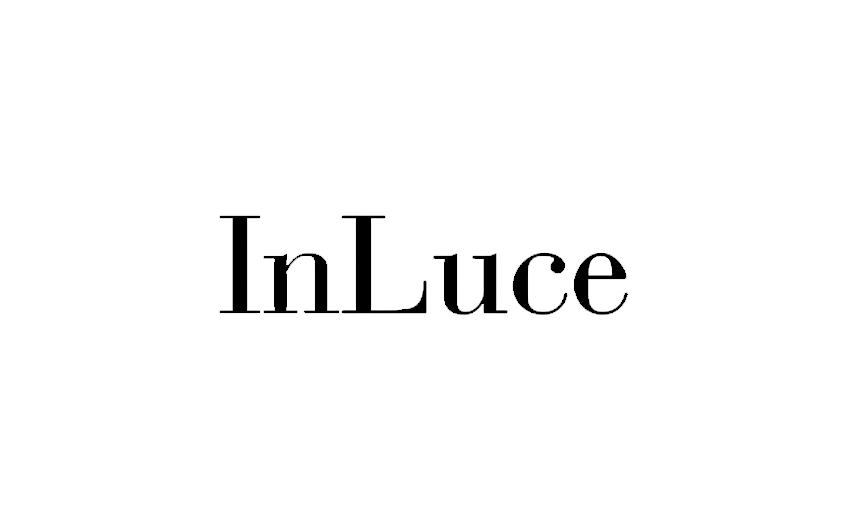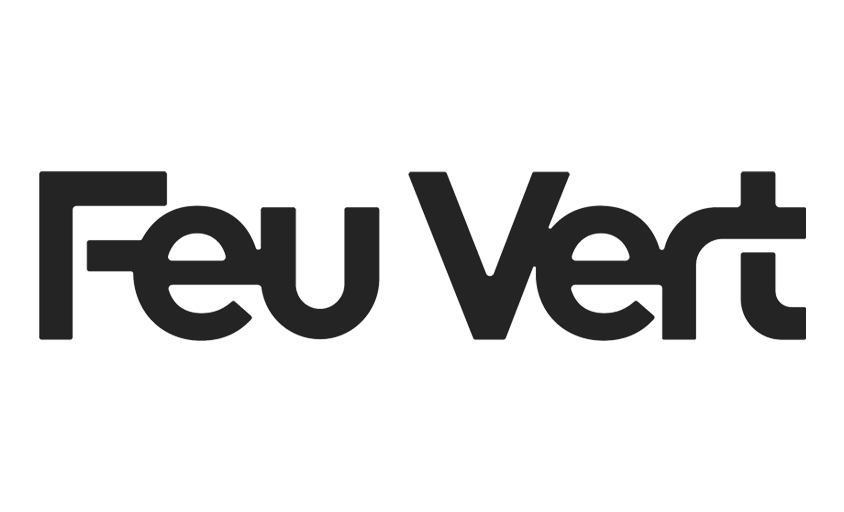Becoming a Photographer’s Agent: Complete Guide
In this article :
1. Introduction to the Profession
In the world of photography, the profession of an agent often remains behind the scenes but is crucial. More than just an intermediary, a photographer’s agent acts as a strategic partner: promoting the artist’s work, connecting them with the right clients, and helping to build a sustainable career.
In an increasingly competitive market, where photographers must juggle creation, prospecting, and negotiation, the agent provides a clear vision and structured support. Their role is simultaneously commercial, organizational, and relational, often serving as the key factor that enables a photographer to take their career to the next level.
2. Required Skills
A successful photographer’s agent needs a set of skills that go far beyond the artistic field:
- Knowledge of the photography market: understanding key sectors such as fashion, advertising, corporate, product, and art.
- Commercial skills: prospecting, negotiating, and securing balanced contracts.
- Career management: guiding the photographer in positioning, editorial choices, and professional image.
- Communication and marketing: boosting the photographer’s visibility through a strong network, press relations, and digital tools.
- Organization and rigor: managing schedules, budgets, and administrative aspects (copyright, invoicing, contracts).
These skills are often developed at the crossroads of photography, artistic management, and business development.
3. Steps to Becoming an Agent
Becoming a photographer’s agent is not something you improvise. Here are the main steps to build this career:
- Learn about the photography market: understand the different types of assignments (editorial, advertising, corporate).
- Build a network: connect with photographers, art directors, agencies, and brands.
- Choose a specialization: work with fashion, product, luxury, or corporate photographers depending on your expertise.
- Support a first talent: many careers begin by representing an emerging photographer and building a strategy together.
- Structure your activity: establish an artist agency or operate independently, depending on ambition and management capacity.
An experienced agent can later expand their roster, work internationally, or collaborate with major communication agencies.
4. Marketing Strategies for Agents
An agent’s role also relies on their ability to position photographers in the market. Key strategic levers include:
- Branding and identity: developing a clear brand image for each represented photographer.
- Portfolio and digital presence: building consistent online platforms (website, professional social media, newsletters).
- Public relations: maintaining strong ties with decision-makers in the photography industry (art directors, creative agencies, advertisers).
- Targeted prospecting: identifying growth sectors (luxury product photography, corporate, e-commerce, etc.) and matching them with the right talents.
- Events and trade shows: attending professional gatherings to build visibility and create direct connections.
5. Success Stories
Some photography agents have become key figures in the artistic and advertising scene. Their success is built on:
Examples of Photographer Agents in France
Sabrina Ponti
Le Bureau Sabrina Ponti represents visual artists and photographers on both the French and international stage. She works across advertising, editorial, and artistic commissions. (website)
Cendrine Gabaret
Photography agent and production consultant. She represents photographers such as Marc Da Cunha Lopes, Raphaël Dallaporta, Louis Décamps, Andy Glass, and more. (website)
Conclusion
Becoming a photography agent means choosing a profession at the crossroads of art and business. This career requires a deep understanding of the photography market, the ability to guide professional paths, and expertise in commercial strategy. For both emerging and established photographers, working with an agent can turn an individual practice into a fully structured career.
At Rétines, we understand the importance of this role in a photographer’s success. Our studio regularly collaborates with industry professionals who share this demanding vision of photography and its professional growth.
Jérémy Carlo is the editorial director at Rétines, where he ensures the consistency and clarity of all content produced by the studio.
Our Clients
Let’s discuss
What we do for you at Rétines
Meticulous work, an organised project and fast delivery. And to achieve this, we mobilise the right resources in our teams at the right time.
01
Pre-production
Artistic and technical direction tailored to the project.
Relevant recommendations on content, form and resources.
02
Photo Shooting
Photos taken by our experienced photographers.
Production that’s controlled, efficient and tailored to the needs of the project, with nothing superfluous.
03
Retouching
Technique
Photographs magnified by our retouching team.
Post-production to meet the commercial challenges of the brief.












